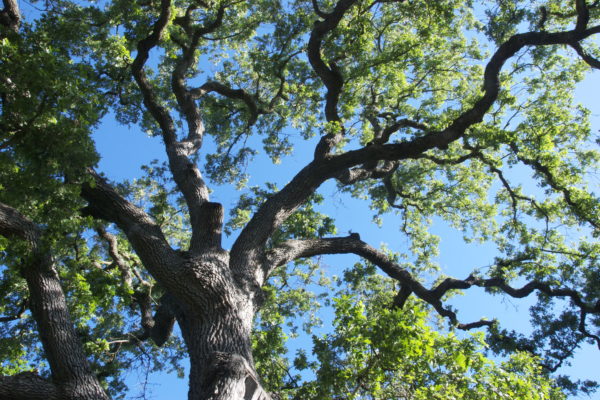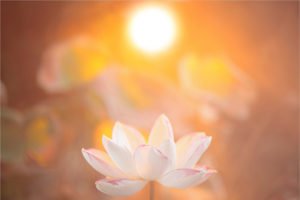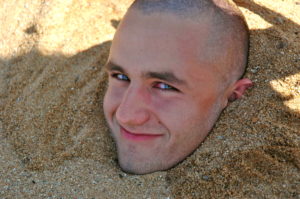 For many years I have met with a group of women one Friday morning a month. Around our kitchen tables, we light a candle, have a moment of quiet, and then sip tea together as we read from a variety of spiritual works. In recent years, we often turn to poetry. Most of our meetings have a theme, yet an unexpected ritual has arisen: we open the kitchen doors and go out into our host’s garden. Like watching our children grow, we notice the seasonal changes in each other’s gardens and how they’ve evolved from year to year.
For many years I have met with a group of women one Friday morning a month. Around our kitchen tables, we light a candle, have a moment of quiet, and then sip tea together as we read from a variety of spiritual works. In recent years, we often turn to poetry. Most of our meetings have a theme, yet an unexpected ritual has arisen: we open the kitchen doors and go out into our host’s garden. Like watching our children grow, we notice the seasonal changes in each other’s gardens and how they’ve evolved from year to year.
Nancy died about six years ago. She was sick for a long time and unable to get to the church she had regularly attended, but she found her temple in the “church of the backyard.” During our kitchen-table meetings, we often remarked on the garden’s healing influence.
Emily Dickinson, a poet who rarely left her home or garden, wrote:
Some keep the Sabbath going to Church –
I keep it, staying at Home –
With a Bobolink for a Chorister –
And an Orchard, for a Dome –
Some keep the Sabbath in Surplice –
I, just wear my Wings –
And instead of tolling the Bell, for Church,
Our little Sexton – sings.
God preaches, a noted Clergyman –
And the sermon is never long,
So instead of getting to Heaven, at last –
I’m going, all along.
Research has shown that time in nature is one of the eight therapeutic lifestyle changes (TLCs) that enhance well-being. Watching critters, gazing at plants, and listening to birdsong or the low hum of insects brings us back to earth. And back to our Self.
Temples are places of quiet, of worship, and transcendence. Sacred spaces are found in all cultures and faiths around the world, and go back to before recorded history. The essence of a temple is stillness, as in Mary Oliver’s poem “Today”:
Today I’m flying low and I’m
not saying a word
I’m letting all the voodoos of ambition sleep.
The world goes on as it must,
the bees in the garden rumbling a little,
the fish leaping, the gnats getting eaten.
And so forth.
But I’m taking the day off.
Quiet as a feather.
I hardly move though really I’m traveling
a terrific distance.
Stillness. One of the doors
into the temple.
The temple is a doorway which, upon entering, we put away the “voodoos of ambition” and ego so that we can access the inner voice. Being in nature—whether a park bench, camping, or in our backyard—promotes reflection and quiet. The world goes on as we sit observing and listening. We are replenished before we return to our daily routine.
In mindfulness-based cognitive therapy, we do a five-minute “seeing” or “hearing” exercise to become aware of how easily the mind wanders from observing into judgment. You hear a cough, or loud, thunderous walking from the office above, or snoring from another participant, and critical thoughts immediately arise: “How annoying! Am I going to get sick? Who’s snoring? Why can’t I pay attention? Focus!” Through practicing awareness, we can see how easily our slippery mind moves away from paying attention to the sounds as sounds, or from what we’re viewing as only patterns, shapes, color, and movement, to categorization and criticism.
As I wrote this post, I picked up the new book The Art of Stillness: Adventure in Going Nowhere by Pico Iyer. As in all things synchronistic, one line randomly caught my eye and spoke to me, Dorothy’s in The Wizard of Oz: “If I ever go looking for my heart’s desire again, I won’t look any further than my own backyard. Because if it isn’t there, I never really lost it to begin with.”
If you would like to listen to a short guided meditation using the imagery of a temple, click on the link below. Temple meditations have been used in many healing traditions.







